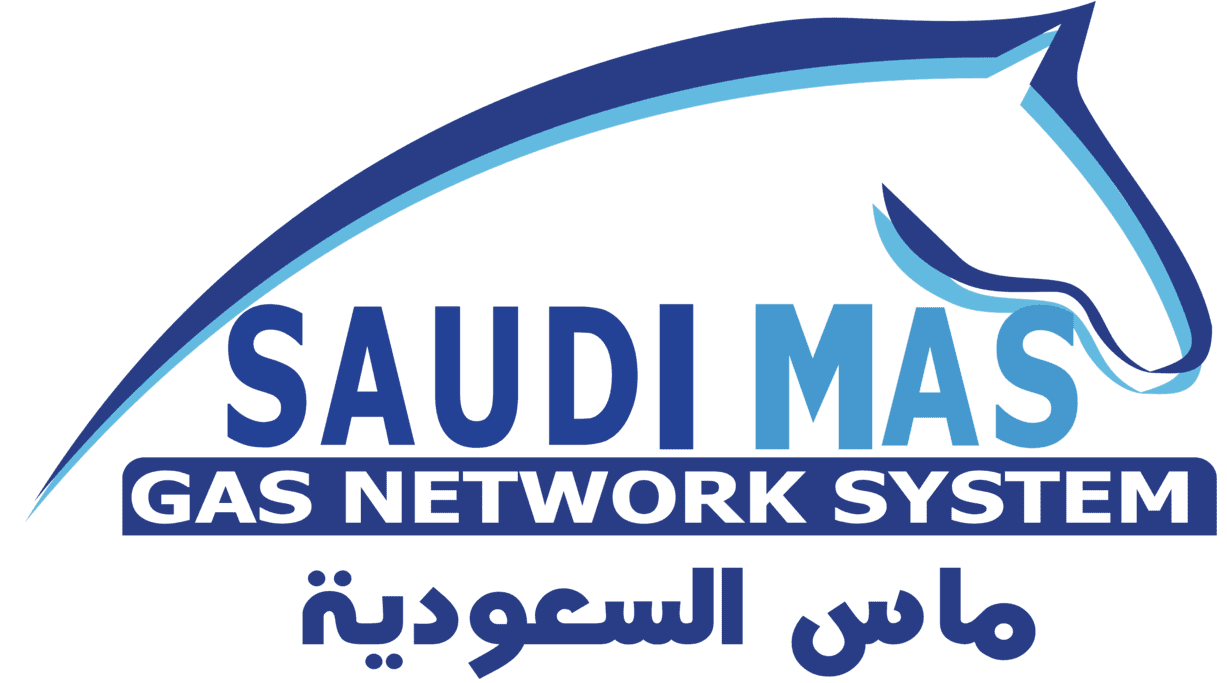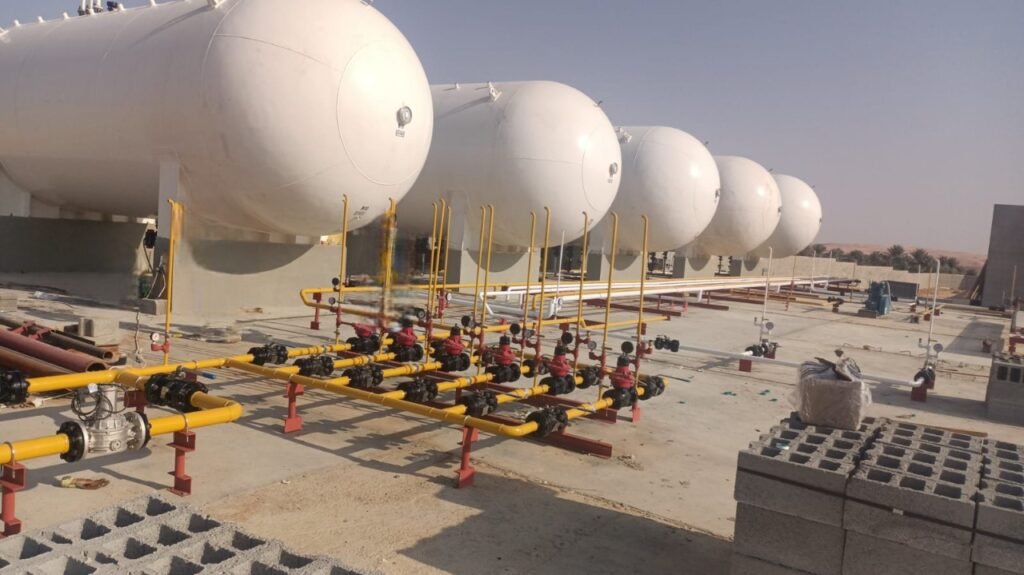Introduction
Liquefied Petroleum Gas (LPG) is a clean and efficient energy source composed mainly of propane and butane. It is widely used in homes, restaurants, industrial facilities, and hotels for cooking, heating, and water heating, as well as in certain industrial processes. A centralized LPG pipeline network offers a practical and safe solution to distribute gas to multiple points of use without the need for individual cylinders.
Components of the LPG Pipeline Network
Storage Tanks:
- Ground-mounted or above-ground tanks, made of steel and equipped with safety valves.
- Capacities range from 500 liters to several thousand liters depending on the facility size.
- Must be installed at a safe distance from buildings and electrical sources.
Pressure Regulators:
- Reduce the gas pressure from the tank to a suitable level for end use.
- Typically divided into primary and secondary regulators to ensure stable pressure throughout the system.
Piping Network:
- Transports gas from the tanks to end-use points.
- Usually made of copper, galvanized steel, or high-density polyethylene (HDPE).
- Pipes are installed underground or along walls, with proper corrosion protection.
Measurement and Control Devices:
- Gas meters, automatic shut-off valves, and leak detection alarms.
End-Use Points:
- Appliances such as stoves, water heaters, industrial ovens, or heating units.
Applications of the LPG Pipeline Network
- Residential: For cooking and water heating.
- Hotels and Restaurants: Where large, continuous gas supply is required.
- Hospitals: To operate heating systems or central kitchens.
- Industrial Facilities: For processes requiring heat, such as metal or food production.
Design and Safety Standards
International and Local Standards:
- Such as NFPA 58 (the U.S. Liquefied Petroleum Gas Code) or European EN 1949 standards.
- Include specifications for safe distances, ventilation requirements, and pressure testing.
Safe Design:
- Separation of tanks from residential or work areas by designated distances.
- Installation of gas leak sensors connected to automatic alarm systems.
- Provision of emergency shut-off valves to stop gas flow in case of leaks or fire.
Testing and Maintenance:
- Periodic pressure testing of the pipeline network.
- Regular inspection of regulators and valves.
- Cleaning gas filters to prevent appliance clogging.
Advantages of a Centralized LPG Network
- Higher safety compared to using individual cylinders.
- Efficient distribution and reduced supply interruptions.
- Better consumption monitoring through accurate metering.
- Less clutter and fewer hazards in work or living areas.
Challenges and Considerations
- High initial cost of network installation.
- Need for precise engineering design by qualified professionals.
- Dependence on regular supply from gas providers.
- Requirement for ongoing maintenance to prevent leaks or explosions.
Conclusion
An LPG pipeline network offers a reliable and efficient solution for delivering clean energy across various environments, from homes to industrial facilities. As efforts to improve energy efficiency and reduce emissions continue to grow, these networks play an essential role in modern infrastructure. However, achieving safety and performance requires thoughtful engineering design and strict adherence to safety standards and regular maintenance.




